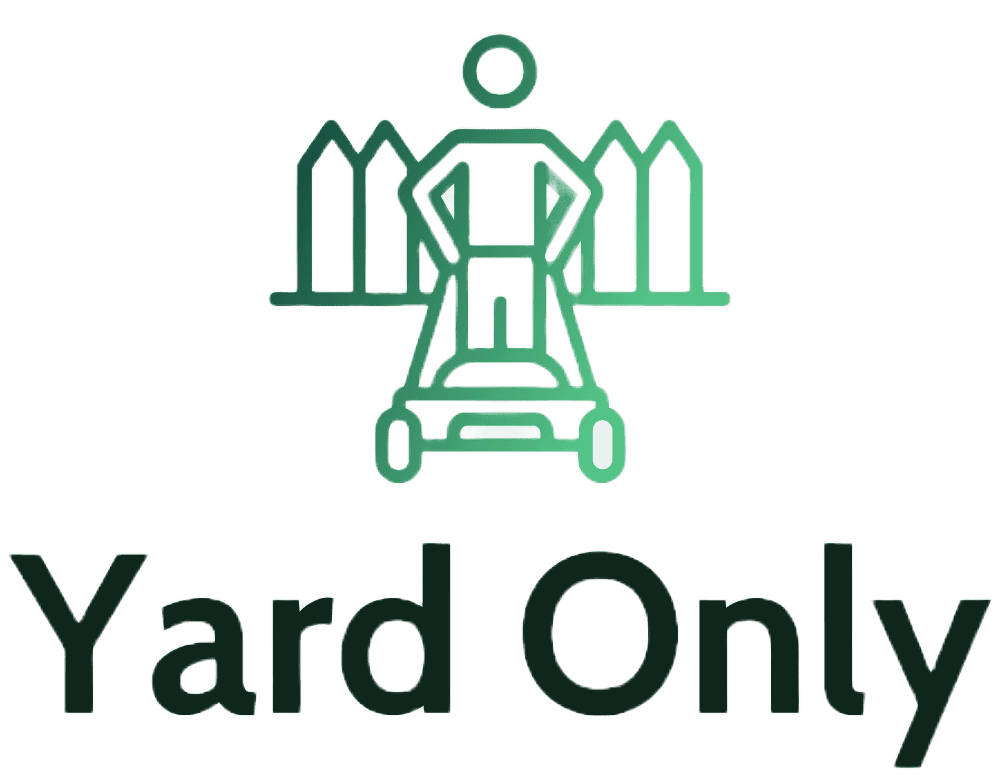Some living organisms, especially some plants, do not grow linearly. Plants that propagate through runners are the most prominent examples of such plants.
Plants like these not only grow from their central plant, but they also spread and reproduce via their runners. Bermuda grasses are the most common example of this type of plant. These grasses grow rapidly. So, “Does Bermuda grass have runners? – is the most commonly asked question. Answering this question is not so simple. Some Bermuda grass have runners.
In contrast, some Bermuda grass do not have runners. Without runners, a Bermuda plant grows by rhizomes. Some variants of this grass that comes with runners grow from rhizomes and stolons. Bermuda grass spreads by both seed and rhizomes (underground stems).
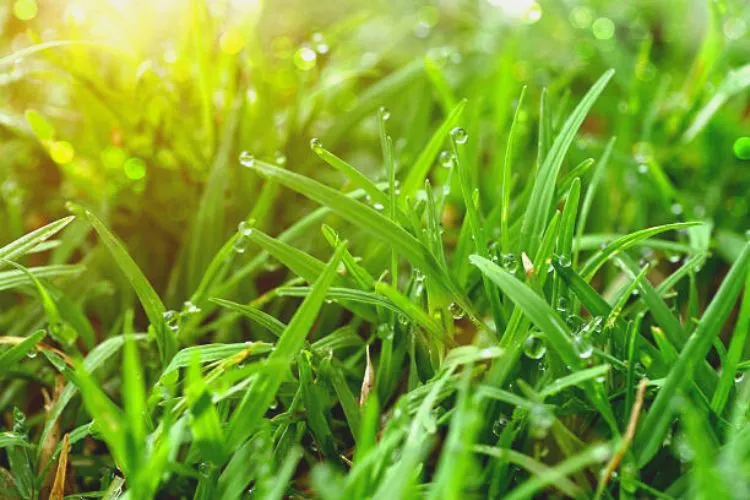
The grass produces runners (or stolons) that grow along the ground surface. In this article, we’ll explore what runners are, how Bermuda grass produces them, and how you can resist them from taking over your lawn.
Does Bermuda grass have runners?
Yes, some variants of Bermuda grass have runners. Plants that grow rapidly and spread quickly have runners. Bermuda grass is not exceptional. It has a fast-expanding pattern. Due to its fast growth, your lawn can be covered in Bermuda grass within a month. When Bermuda grasses grow near crops or fruit harvesting areas, they cause problems. Those grasses will take over your lawn and your plant area.
Runners play a crucial role in the rapid growth of this grass. Runners are responsible for the rapid spreading of it. Without runners, it is almost impossible for any plant to grow so quickly.
Again, there are two kinds of runners – Stolons and Rhizomes. You will immediately think of St. Augustine plants when you see the term – ‘runner’. These plants have the longest, most mature, and most developed runners.
But these are not Rhizome runners. So these can’t grow underground. But Bermuda is the exception because these grass can grow underground and fast via Rhizomes. And Stolons are those runners that help these grass to spread above the soil.
What are runners in the grass?
A runner, or Stolon in Bermuda grass, is a stem that grows laterally from the main plant of the grass. There is an adventitious bud in the parent plant’s crown, which initiates runners’ emergence. Those roots should be extended further while remaining close to the soil’s surface.
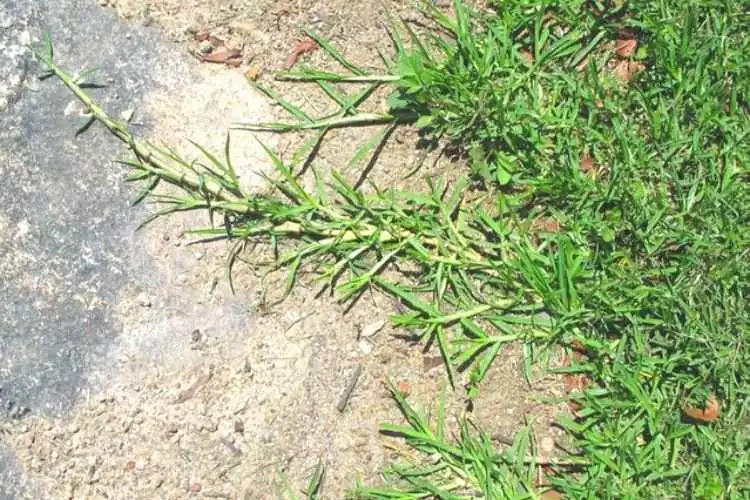
These runners eventually produce new plants at the tips. The new plants can be either clonal clones of the parent plant or genetic mutants. The ability of Bermuda grass to spread by rhizomes gives it an advantage over other turf grasses. It allows the grass to quickly fill bare spots and recover from damage.
However, this same trait can also be considered a disadvantage. Because Bermuda grass spreads so readily, it can be difficult to control its growth. It is important to mow it regularly and remove any dead leaves or debris that could help the grass spread.
Should I pull Bermuda grass runners?
Bermuda grass is a turf grass that grows in warm weather. You can easily find it on lawns, golf courses, and sports fields. In addition to its resilient capability, it can handle heavy traffic. Bermuda grass’s deep root system helps it tolerate drought and high heat.
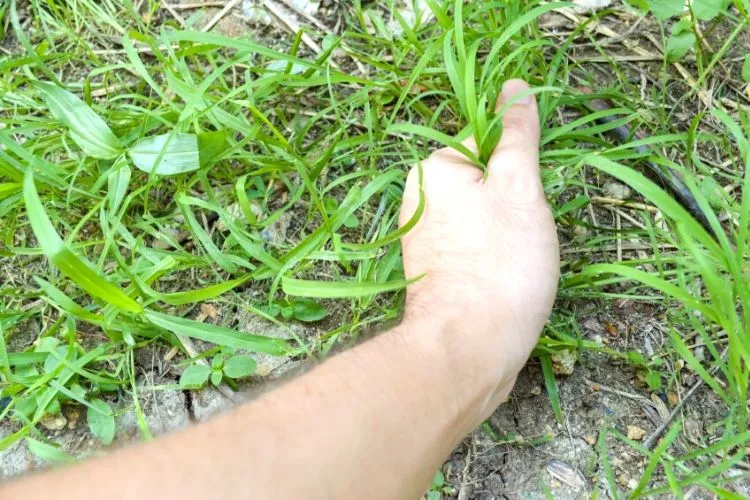
In addition to seeds, Bermuda grass spreads via runners (stolons). In thin or bare areas, the runners help the grass to spread quickly. These runners sometimes become problematic as they invade flower beds and gardens. Mowing the runners as they emerge will help you control Bermuda grass spread. Runners can also be pulled up manually or using a herbicide formulated specifically for this purpose.
How do I get rid of Bermuda grass runners?
You need different strategies to deal with Bermuda plants (with or without runners). Those Bermuda grasses that lack runners don’t produce stolons. The visible section of a runner is called stolons. When one does not find stolons on grasses, he may assume the plant does not have runners, but this is not always the case.
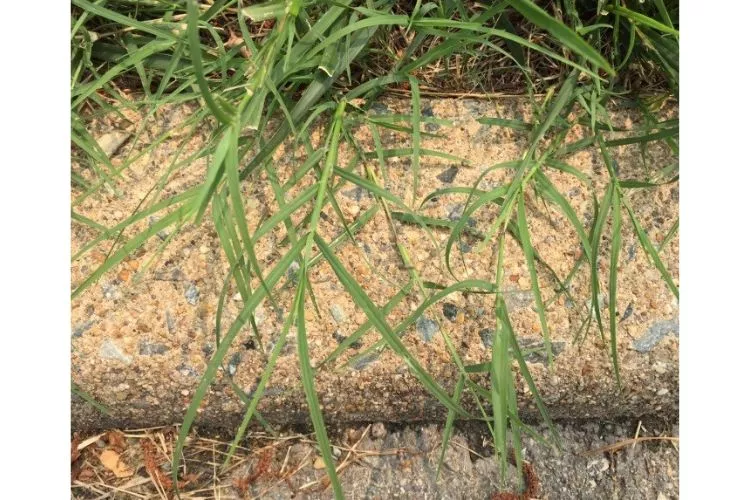
Some grass variants also produce runners, buried underground as rhizomes. Rhizomes mainly cause their growth. It doesn’t matter what Bermuda type you choose; their growth rate is uncontrollable. However, some people will not have any problems with this rapid growth.
On the other hand, some people will have serious issues. By any means, they want to stop the spread of Bermuda grasses. It is also necessary to control or prevent the growth of the runners. Bermuda runners grow from the main plant.
These roots further divide into grass blades and roots. Thus, they cause plants to develop and reproduce. To get rid of runners, you can use ‘spot treatments such as shortening the mowing length. When you cut them short, you can eliminate looping runners.
As a result, runners only grow from grass blades and stems. Dethatching machines can eliminate the desired runner portions without harming the rest. This method is very effective as the runners cannot connect with the soil due to thatching. Some herbicides can be used to get rid of runners.
What do you do with Bermuda runners?
The cut Bermuda runners can be used for various purposes, such as erosion control, ground cover, and decorative landscaping. They can also create pathways, line flower beds, and provide a barrier between lawns and gardens.
You can also replant these Bermuda runners in a new bear place and make them covered with grasses within a month. These can also be used for any damaged spot on your lawn. They can also be used to create new laws from scratch.
You May Also Find Useful: Why Is My Grass Turning White? | Should You Water The Lawn After Applying Fungicide?
Conclusion:
In the United States, there are many areas of Bermuda grass – a turfgrass that is adapted to warm weather. Due to its runners, this grass can grow horizontally along the ground. Its rapid growth can sometimes be a blessing, but it can also be a curse. If you want to control the growth of these grasses, you must clip their runners.
